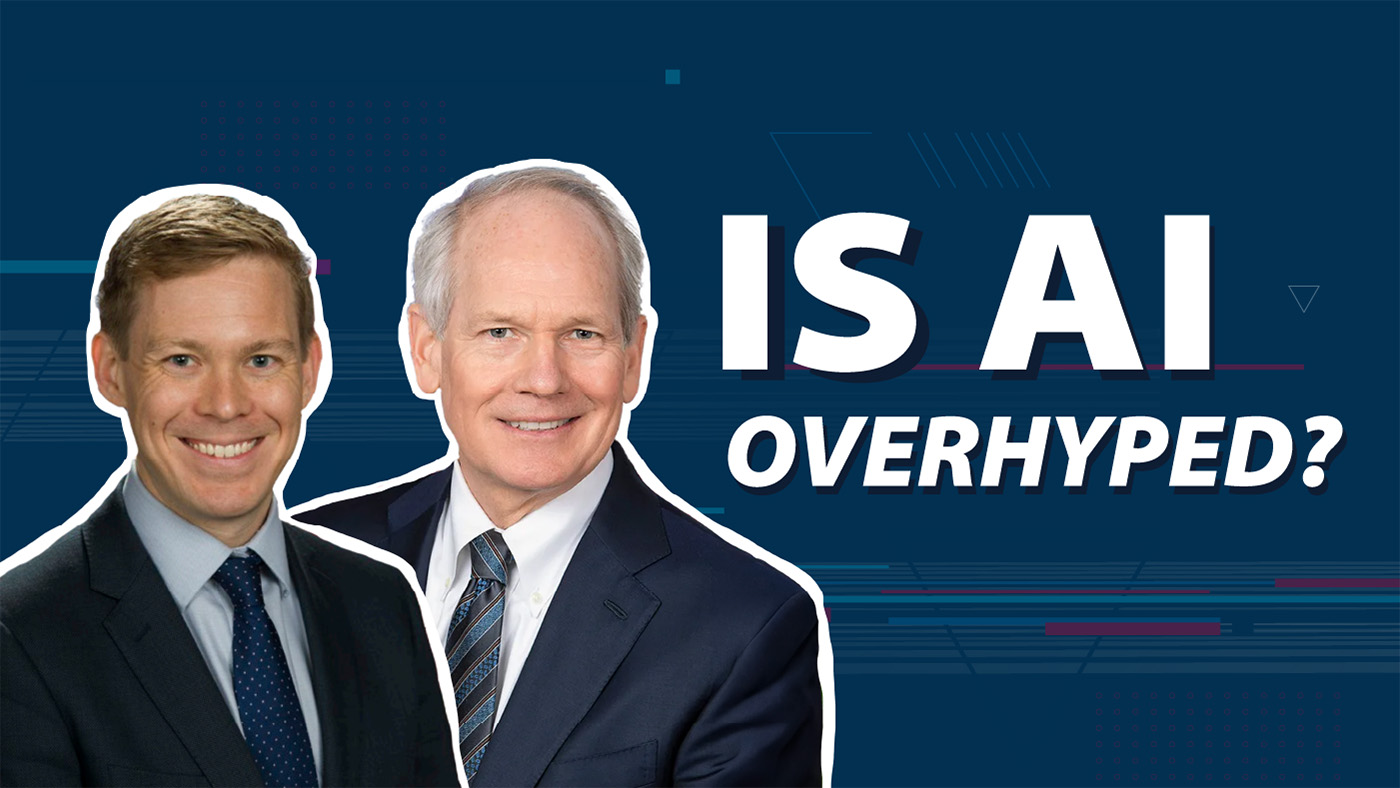Why do some organizations just consistently outperform others?
I believe an important part of the answer lies in how they set goals and what they choose to measure. While many organizations declare lofty, ambitious goals, far too many fail to set concrete goals that align to a clear vision, enable them to measure their progress, and help them course correct along the way. It’s hard for these organizations to ensure they’re actually accomplishing what they set out to.
Peter Drucker, often considered the father of modern management, famously said “What gets measured gets done.” We take that same view in OIT, where we relentlessly track our progress on a fundamental set of Objectives and Key Results, or OKRs. OKRs are a critical tool that we use to measure whether we’re really making progress. Take, for example, our aspiration to be the top IT organization in the Federal Government. What does that even mean, and how would you go about measuring it?
We started operationalizing that goal by articulating at the top-most level what it would mean to be the best. We asserted that we must be relentlessly vision-driven, focused on execution excellence, creators of delightful end user experiences that users love and that drive adoption, and champions of people excellence that supports and develops our most important asset — our people. In pursuit of that goal, we conduct tons of project reviews to make sure we’re on a clear path with our portfolios. We regularly review the performance of our most important systems. We analyze every error that occurs. We conduct end user satisfaction reviews to identify the systems that users find difficult to use. And we create a people agenda that helps us to build rewarding careers for our team members. That’s a lot, so it’s easy to find ourselves with many oars in the water and no gauge of whether we’re making progress. That’s where OKRs come in for us. At all levels, they gauge our progress towards our North Star.
We define OKRs both from the bottom-up and the top-down. Each team and individual set OKRs that align with our top-level objectives, enabling each part of the team to focus their work while accommodating diverse priorities across the organization. The teams review their own OKRs and propose a subset to be promoted to CIO-level OKRs, because they represent our overall progress as a team.
Over the last year, we executed against a roadmap that included 5 CIO-level objectives, with 18 corresponding key results that allow us to assess our progress.
One example: we’re aiming to “Develop, Retain, Recruit, and Lead the Most Talented IT Organization in Government,” so we created an OKR with the ambitious aim of onboarding 95% of OIT-authorized personnel by the end of March.
To achieve this, our Office of People Science deployed a multi-faceted talent acquisition strategy that was focused on finding highly skilled talent and streamlining the hiring process to get them on board quickly — and we met this OKR.
Some additional ways we’ve leveraged OKRs include:
- Increasing the Section 508 compliance of our top 100 bedrock and critical systems by 70%. This means that more of our digital platforms and services are now accessible to individuals with disabilities.
- Targeting a 5% reduction in the average time needed to repair major incidents, minimizing disruption to the technologies our customers rely on.
- Making 15 of the top 20 Veteran tasks on the digital patient portal available on VA.gov, simplifying access to vital services and information for Veterans and creating digital experiences centered around their preferences.
Each team tracks their own OKR progress, and we track OIT’s progress overall through a monthly review with our senior leadership. In that review, the leader responsible for the OKR describes the team’s progress, and we discuss what we need to do to improve places where we aren’t making the progress we’d hoped. We revisit our OKRs twice a year in “semesters,” retiring some OKRs, continuing some, and tweaking others. This allows us to adjust to targets that move for any number of reasons.
As you can see, our OKRs track a wide range of initiatives, but they all emphasize a commitment to excellence, accountability, and continuous improvement — helping VA remain responsive to the needs of Veterans and driving the exceptional digital experiences that Veterans, their families, and their caregivers deserve. In short, they “keep us honest.” Based on our progress so far, they’re already placing OIT among the top IT organizations in government.
Continue reading

5 days ago
Farewell and Reflection on the Incredible Progress VA and OIT Have Made Over the Past Several Years
As I leave my role as the VA Assistant Secretary for Information and Technology and Chief Information Officer (CIO), I reflect on what an honor it has been to have led one of the U.S. government’s most impactful missions.

2 months ago
Inside VA OIT’s Accessibility Comeback
From struggling with compliance to setting the standard, VA leads accessibility innovation with Veteran-driven solutions, transforming lives through inclusive technology.

2 months ago
Is AI Overhyped?
A conversation from the chat logs of the Department of Veterans Affairs Assistant Secretary of Information and Technology and Chief Information Officer Kurt DelBene and Chief Technology Officer and Chief Artificial Intelligence Officer Charles Worthington.

4 months ago
Reducing Complexity in Government IT
VA is one of the best places — if not the best — to be in federal IT. It has an incredibly inspiring mission, and it has great people committed to service.

April 15, 2024
OIT’s Approach to Daily Standups
OIT's daily standup? It's where we crack the code on incidents and plan ahead—making things better for our Veterans! Learn how we do it.

March 29, 2024
Leading by Example: Creating Exceptional Digital Experiences at VA
Digital transformation across industry over the last decade has profoundly impacted consumers’ lives and their expectations of access to services. Increasingly, people expect that same sort of fast, intuitive interaction with their government.


